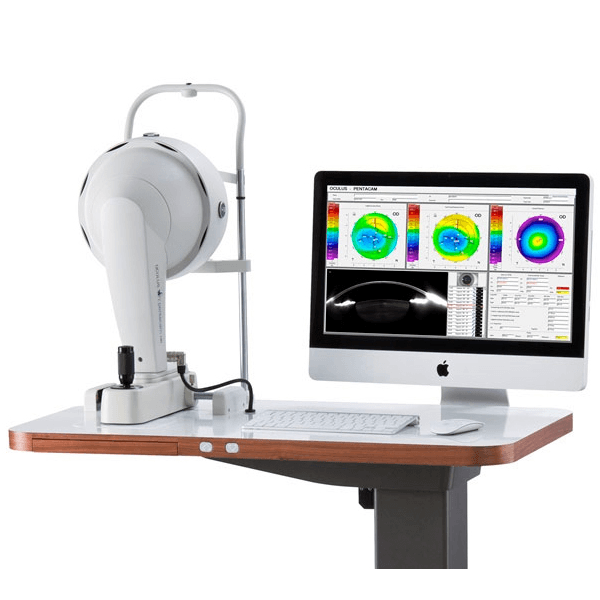

The rhyme pattern as is apparent is abba. The stanza above is in iambic dimetre as it has only two feet, however, the last line of the stanza has three feet and therefore it is iambic trimetre. Apart from iambic, trochee, anapaest and dactyl other feet like spondee and Pyrrhus also sometimes occur as substitutions in a passage of verse. two weak syllables preceded by one strong syllable, the foot is called a dactyl. “Break, break, break/ on thy cold gray stones, O Sea!” is an example of anapestic tetrameter. When a pattern of ‘strong-weak’ syllables comes in to picture it is called trochaic metre, an example is ‘Tell me not inmournful numbers.” And if a foot comes with ‘weak weak-strong’ syllables it is called an anapest. For example, “That time of year thou mayst in me behold”. A foot with ‘weak-strong’ syllables is called an ‘iamb’. Syllable-Stress or accented syllabic metresĪ foot can be described as a basic unit of a metre, or in other words as a group with a combination of a.The following are symbols, their names and their uses to scan a verse in a verse and sometimes in prose. Over the years, many different programs have been developed to mark the scanning of the poem. In both cases, the meter is usually a normal foot. In ancient poetry, these patterns were based on the different lengths of each vowel sound, and in English poems, they were based on the different emphasis placed on each letter. Scanning: A scanning system is a way of finding metric patterns for poetic lines.
:no_upscale()/cdn.vox-cdn.com/uploads/chorus_asset/file/8181695/mea_soduku_0001_Layer_1.jpg)
THE NAME FOR THE BASIC UNIT USED IN THE SCANSION HOW TO
In this article, we try to explain to you, what is scansion? how to scan a poem? what are the requirements for the scansion? Table of Contents

Students have many doubts about this unit. Scansion: It is the 4th unit of the BA English core paper 1 the syllabus issued by the BBMKU and VBU University.


 0 kommentar(er)
0 kommentar(er)
